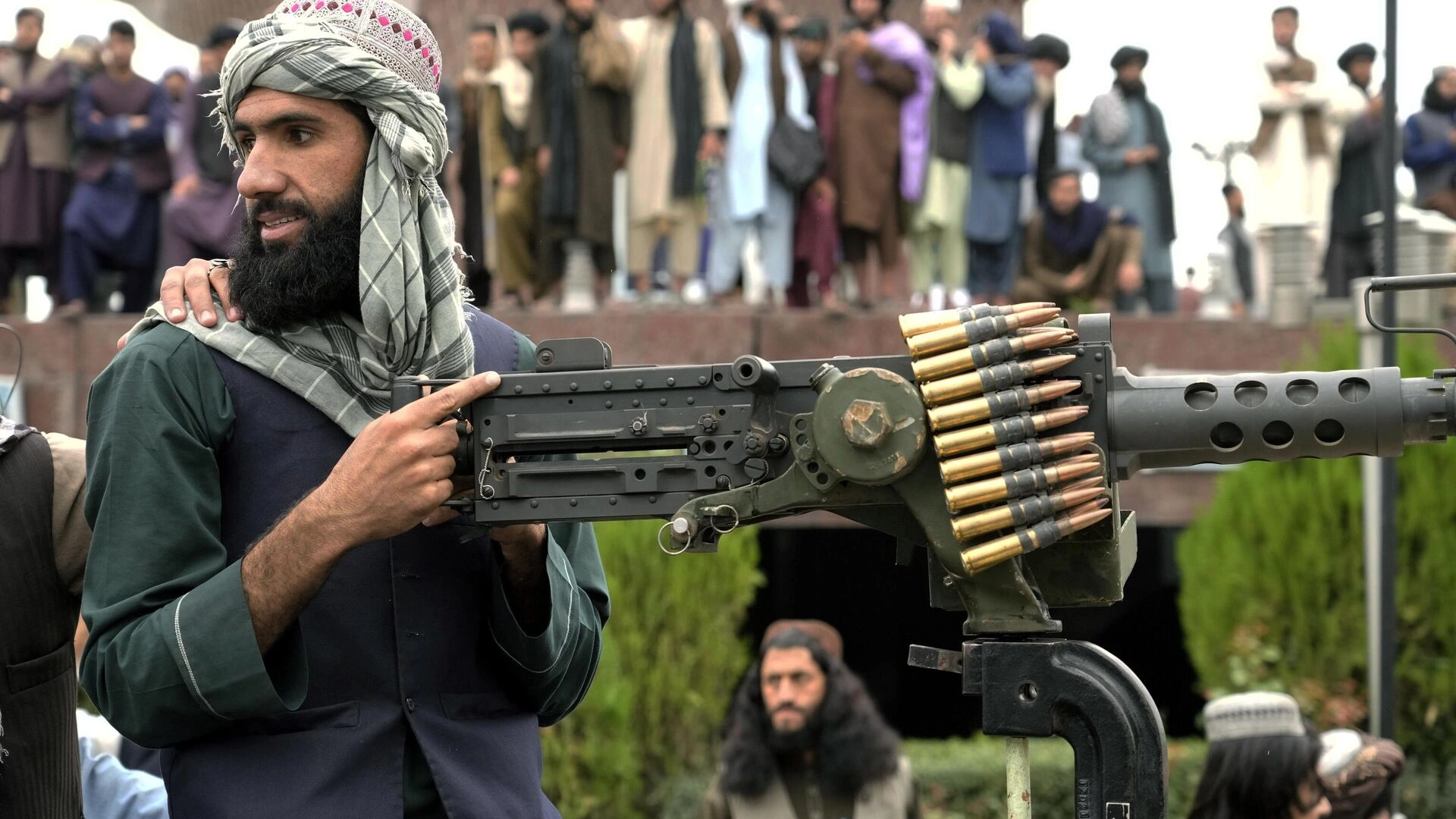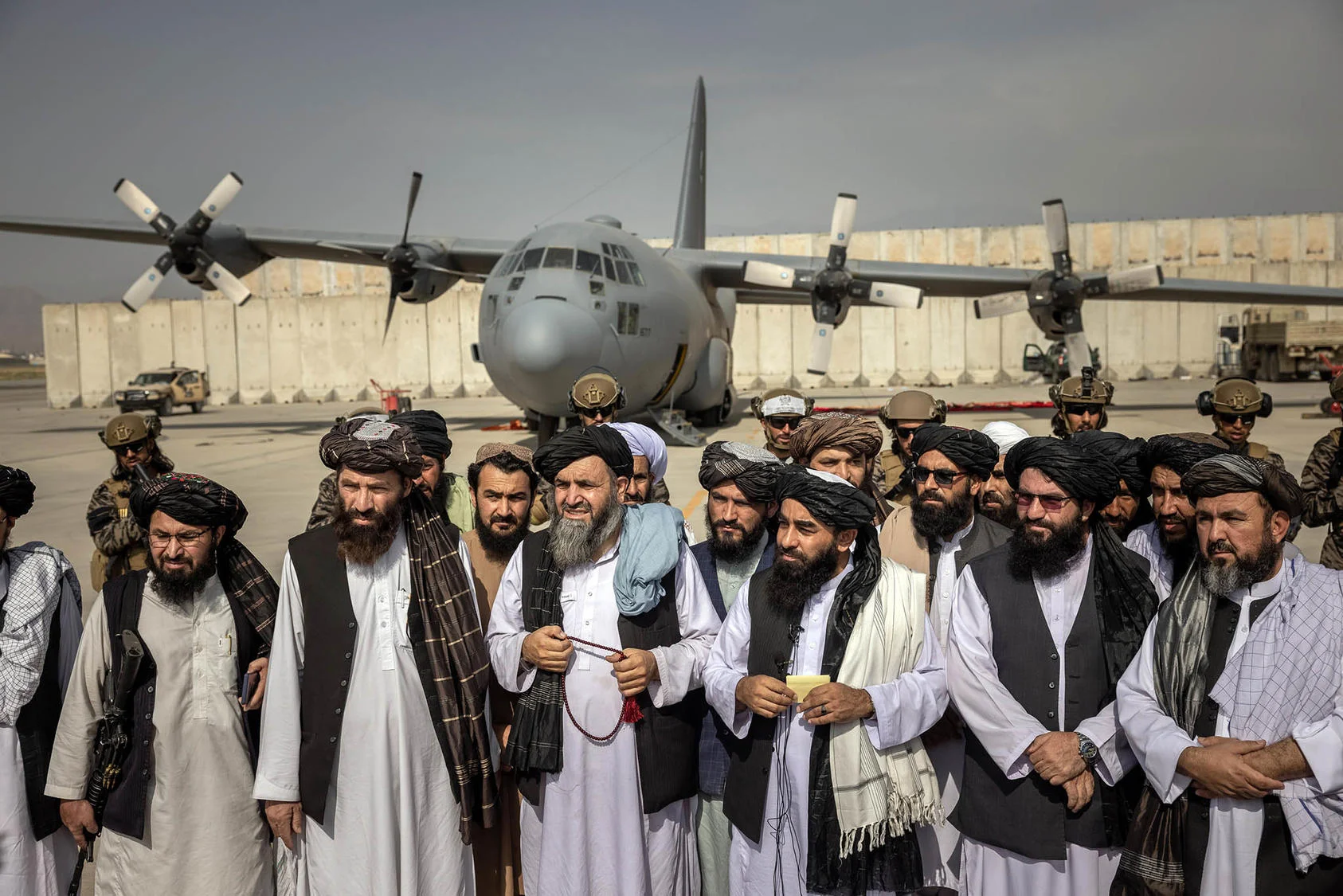India’s nuclear program, while officially adhering to a “No First Use” (NFU) doctrine and “Credible Minimum Deterrence,” is increasingly perceived as a source of regional instability. Its rapid modernization of delivery systems, particularly Intercontinental Ballistic Missiles (ICBMs), and a concerning record of nuclear material security incidents, raise significant proliferation risks. Regional rivals Pakistan and China interpret India’s ambitions as a drive for global power, fueling an accelerating arms race in South Asia. India’s non-adherence to key non-proliferation treaties further complicates international efforts to ensure transparency and stability in a highly volatile nuclearized region.
Since its initial nuclear tests in 1974 and subsequent tests in 1998, India has maintained that its nuclear weapons are solely for retaliation against a nuclear attack. Yet, this commitment carries a critical caveat: India explicitly reserves the right to use nuclear weapons in response to Chemical Biological Warfare (CBW) attacks. This nuance significantly broadens the scenarios for potential nuclear use, potentially lowering the threshold for escalation in a conventional or CBW conflict and introducing a perilous ambiguity into an already volatile region.
India’s Evolving Arsenal
The most visible sign of India’s evolving posture is its aggressive modernization of delivery systems, particularly its Intercontinental Ballistic Missiles (ICBMs). The Agni-V, a land-based, nuclear-capable ICBM, boasts an operational range of 5500+ kilometers, capable of reaching all of China and parts of Europe . A significant leap occurred in March 2024 with the successful flight test of the Agni-V equipped with Multiple Independently Targetable Reentry Vehicle (MIRV) capability. This allows a single missile to deliver multiple warheads, tested with 3-6, potentially up to 10-12, to different targets, dramatically enhancing its destructive potential and complicating adversary defense strategies . Furthermore, India is reportedly developing the Agni-VI, projected to exceed 8000 kilometers in range and expected for deployment by 2027 .

Adding to this complexity is the development of a conventional variant of the Agni-5. Designed to carry a massive 7.5 to 8-tonne warhead, this version can be configured for widespread surface damage or as a bunker buster for deep-penetration strikes . With a reduced range of 2,500 kilometers, this conventional Agni-5 is engineered to evade ballistic missile defense (BMD) systems . The dual-use nature of such a powerful missile blurs the critical distinction between conventional and nuclear capabilities, making intentions harder to discern in a crisis and increasing the risk of catastrophic miscalculation.
India’s nuclear warhead count increased to 180 in January 2025, now surpassing Pakistan’s 170 warheads . China, with an estimated 600 warheads, maintains a significantly larger arsenal . This numerical escalation is a stark indicator of the deepening security dilemma in the region.
Nuclear Security Lapses
Beyond the numbers, persistent nuclear security failures in India present a grave proliferation risk. Over the past three decades, more than a dozen confirmed cases involving the theft or illegal sale of uranium, Californium, and other radioactive substances have been documented . Recent incidents include arrests in Dehradun involving a device reportedly stolen from the highly secure Bhabha Atomic Research Centre (BARC), and multiple cases in 2021 and 2024 involving the trafficking of Californium and natural uranium valued at millions of dollars. These incidents expose significant vulnerabilities in India’s nuclear safeguards and material control systems. Pakistan has repeatedly voiced alarm, warning that the “dangerous” routine finding of sensitive material in wrong hands enables non-state actors and increases the threat of nuclear terrorism, including the potential for dirty bombs. While India’s Atomic Energy Regulatory Board (AERB) reports a stable safety record for its operational nuclear power plants, the sheer number of such incidents paints a totally different picture.
Regional Repercussions
India’s nuclear program is viewed with profound suspicion by its neighbours. It is believed that India’s expanding program is driven by an ‘escalatory Hindutva ideology and a desire for global power projection that extends far beyond regional deterrence. This perception is fuelled by India’s development of long-range systems like the Agni-V and its pursuit of a nuclear triad, which could threaten global capitals.
China, while historically underestimating India’s nuclear capabilities, has also shifted its assessment. Worsening border issues along the Line of Actual Control (LAC) and India’s modernization have led some Chinese scholars to acknowledge an increased risk of nuclear weapons use. China interprets India’s nuclear drive as stemming from “great-nation ambitions” and a need for U.S. recognition as a major power. This dynamic is fueling a security dilemma and an arms race in the region. A recent four-day military standoff between India and Pakistan in May 2025 brought the nuclear-armed neighbors dangerously close to full-scale war, underscoring how conventional conflicts can quickly escalate in this nuclearized environment .
Further complicating matters is India’s stance outside the Nuclear Non-Proliferation Treaty (NPT) and its refusal to sign the Comprehensive Nuclear-Test-Ban Treaty (CTBT) . While India has agreed to IAEA monitoring for 20 of its 22 civilian reactors, its weapons program remains outside international inspections, creating a fundamental transparency deficit . This opacity fuels regional mistrust and undermines global non-proliferation efforts, especially as international arms control frameworks, like the New START treaty, are weakening .
India’s nuclear program, while framed by its official doctrine, presents a complex and increasingly concerning threat profile. The rapid development of advanced ICBMs with MIRV capabilities, coupled with persistent nuclear material security issues and “delusional” global power aspirations, is actively destabilizing South Asia. Navigating this volatile nuclear future demands not only continued international scrutiny but also a concerted effort from all regional nuclear powers to engage in transparent dialogue and reinforce arms control mechanisms. Without such measures, the risk of miscalculation and escalation in this already conflict-prone region will only continue to grow.






